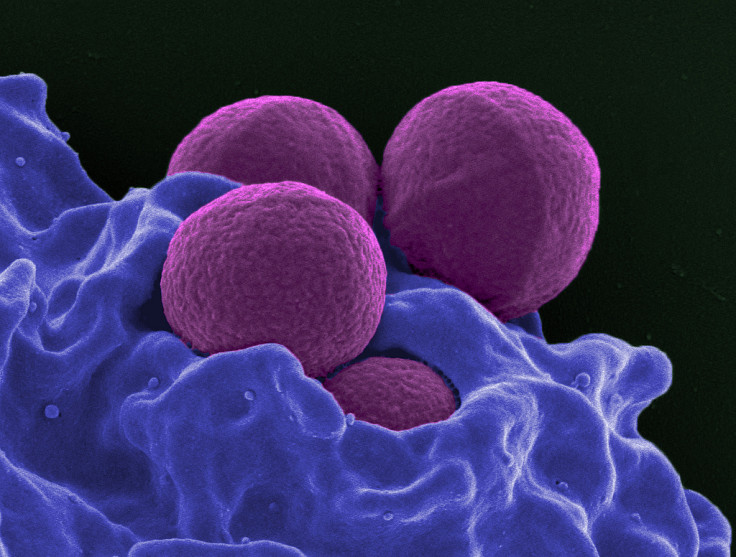How killer superbugs become resistant to 'last-resort' antibiotic
There are growing concerns that superbugs could become resistant to vancomycin.

Superbugs increasingly show resistance to antibiotics, including those used as last resort – a trend that is worrying the scientific community.
Now, a team has identified a possible mechanism behind the resistance to vancomycin, a last-line treatment used against gram-positive bacteria involved in severe infections such as penicillin-resistant pneumonia, meningitis or sepsis.
The research, published in the journal Scientific Reports, highlights that resistance to vancomycin among pathogenic bacteria has emerged and spread at a rapid rate across the world.
Enterococci bacteria in particular present a high level of resistance to the antibiotic. These bacteria are closely related to MRSA bacteria – commonly referred to as ''superbugs'' – which are already resistant to a number of widely used antibiotics.
"We currently see resistance to vancomycin mostly in enterococci, but we are concerned that there will be higher incidences of transfer of their vancomycin resistance genes to MRSA. If this happened, we would have far fewer alternative options to treat these superbugs. It's been 30 years since the last class of antibiotics was discovered and developed, so this is now a pressing problem", Dr Mary Phillips-Jones, director of the study and senior lecturer in biochemistry and microbiology at the University of Central Lancashire told IBTimes UK
Binding to the bacteria
The team found that a specific protein known as VanS, located on the surface of pathogenic bacteria, binds with vancomycin. They made this discovery after calculating a parameter called the "sedimentation coefficient", which signals a change in the shape and/or size of a molecule when it binds to something
Here, using purified membrane protein VanS, vancomycin changed the conformation and/or shape of VanS, providing clear evidence that the receptor is binding with the antibiotic.
"We considered that to overcome the resistance mechanism, we would have to understand the fundamental mechanisms of how it works and how it is triggered. We now believe that vancomycin binding to VanS results in information transfer through this receptor leading to the activation and triggering of the vancomycin resistance genes within the bacteria, though further study is needed to confirm that", Phillips-Jones said.
The scientists hope that their work will provide scientists with new tools to win the global fight against antibiotic resistance.
"In future research, we wish to find a way to disrupt binding of vancomycin to the bacteria, to develop new drugs to disrupt the interaction that we have identified. We also want to study the knock-on effects of this interaction to demonstrate that it leads to the activation of antimicrobial resistance genes inside the bacteria", the researcher concluded.
Without any solution, it is estimated that antibiotic resistance will lead to the loss of 10 million lives a year around the world by 2050.
© Copyright IBTimes 2025. All rights reserved.




















